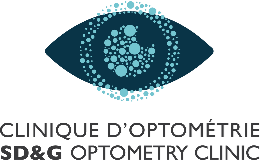We provide advanced dry eye assessments, treatment protocols, and in-office therapy administered by our doctors. A referral from your optometrist or ophthalmologist is preferred, and you must have had a comprehensive eye examination within one year of your first dry eye assessment with us.
What is Dry Eye Disease?
Dry eye disease is actually a group of many conditions involving the eyelids, ocular surface, and the tear production & drainage system. The most common symptoms of dry eye disease include:
- burning, gritty sensation
- excessive tearing
- fluctuating vision
- sore, red, inflamed eyes
- contact lens intolerance
- unable to perform usual vision-related tasks (reading, computer, etc.)
In order to properly diagnose the type of dry eye disease you have, our doctors will perform a comprehensive dry eye assessment.
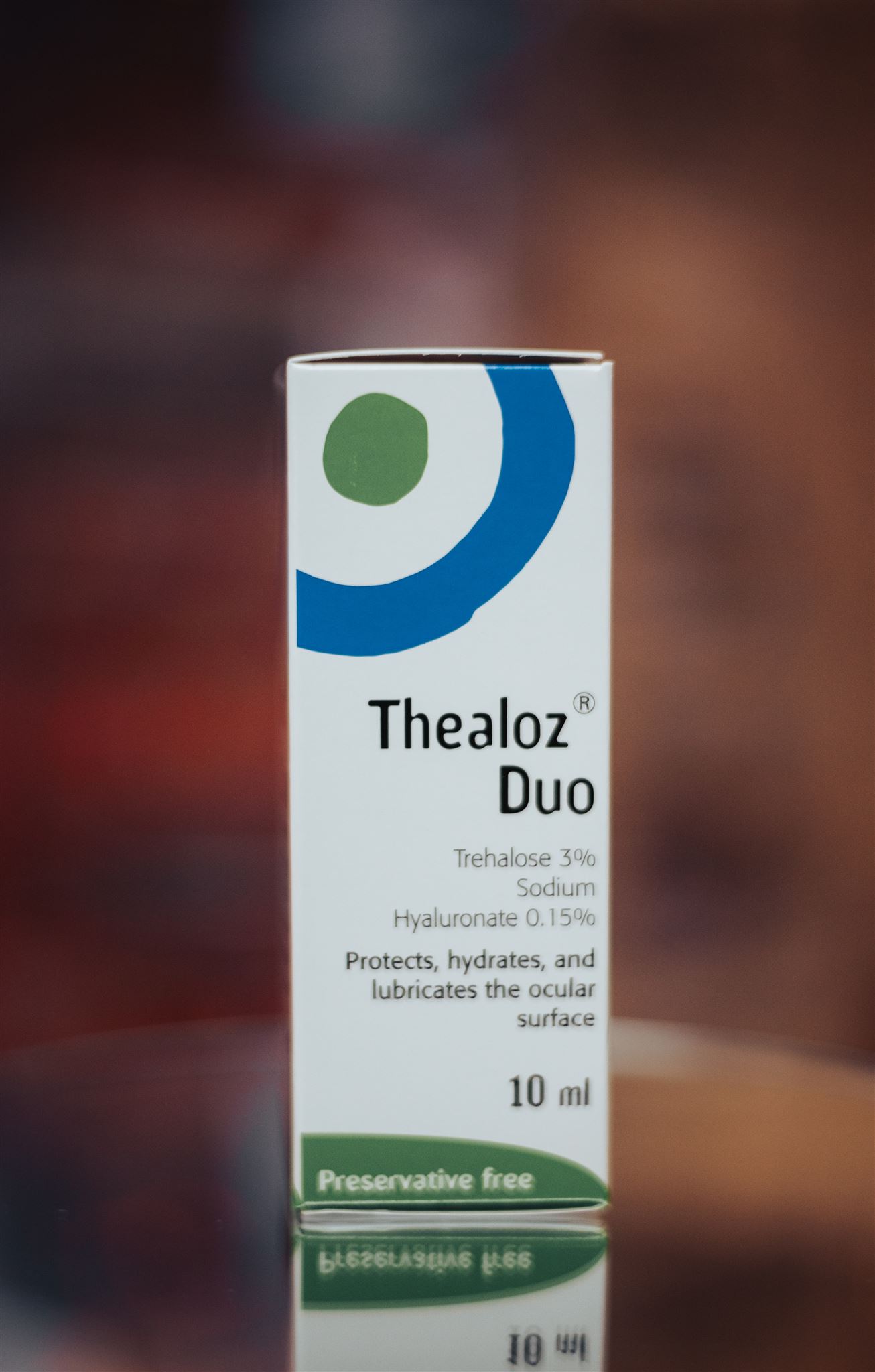
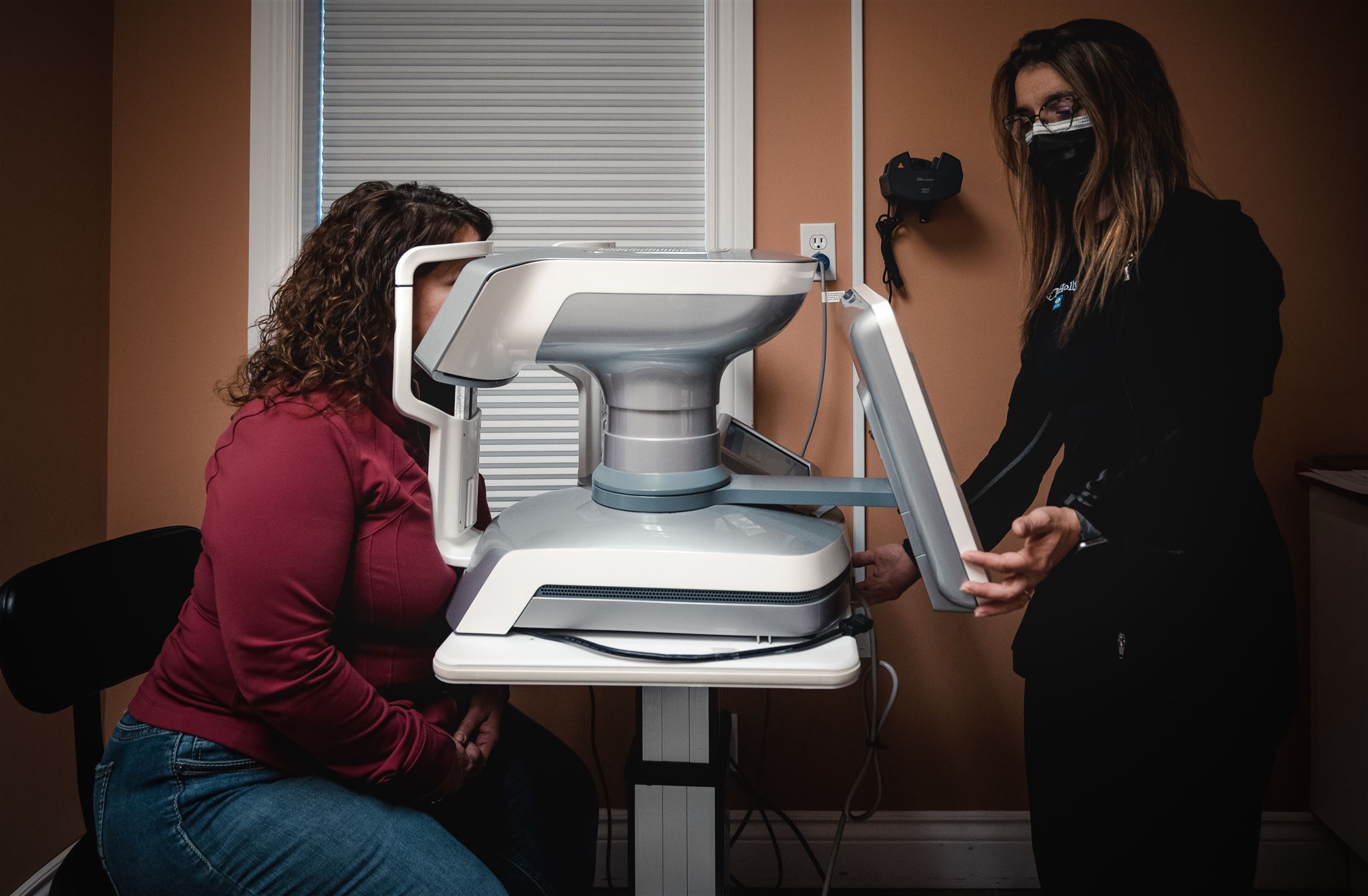
Dry Eye Assessment
Patients referred to our Advanced Dry Eye Clinic, either from one of our doctors or their own family optometrist, will first undergo a comprehensive dry eye assessment. A detailed history of your symptoms will be collected, as well as any treatments you have tried at home or had administered in the past. Each patient undergoes imaging with LipiView and LipiScan technology, as well as a comprehensive dry eye-focused biomicroscope assessment.
After the assessment, the doctor will review a recommended treatment plan which will cover many aspects of dry eye care: ocular hygiene, ocular nutrition, ocular lubrication, and advanced in-office therapies.
Home-based Therapies & Ocular Nutrition
After your assessment, your optometrist will recommend a treatment plan that often includes several home-based therapies like warm compresses, non-preserved artificial tears, and lid hygiene products to keep the lids and lashes clean. Your optometrist may also recommend blinking exercises and nutritional supplements, namely Omega 3 supplements, which come in many forms. Not all nutritional supplements are created equal!
Your doctor may also prescribe short courses of topical or oral medications to help control inflammation in the lids and on the eye surface. All of these therapies may be prescribed alone, or in conjunction with in-office procedures to further improve your dry eye symptoms.
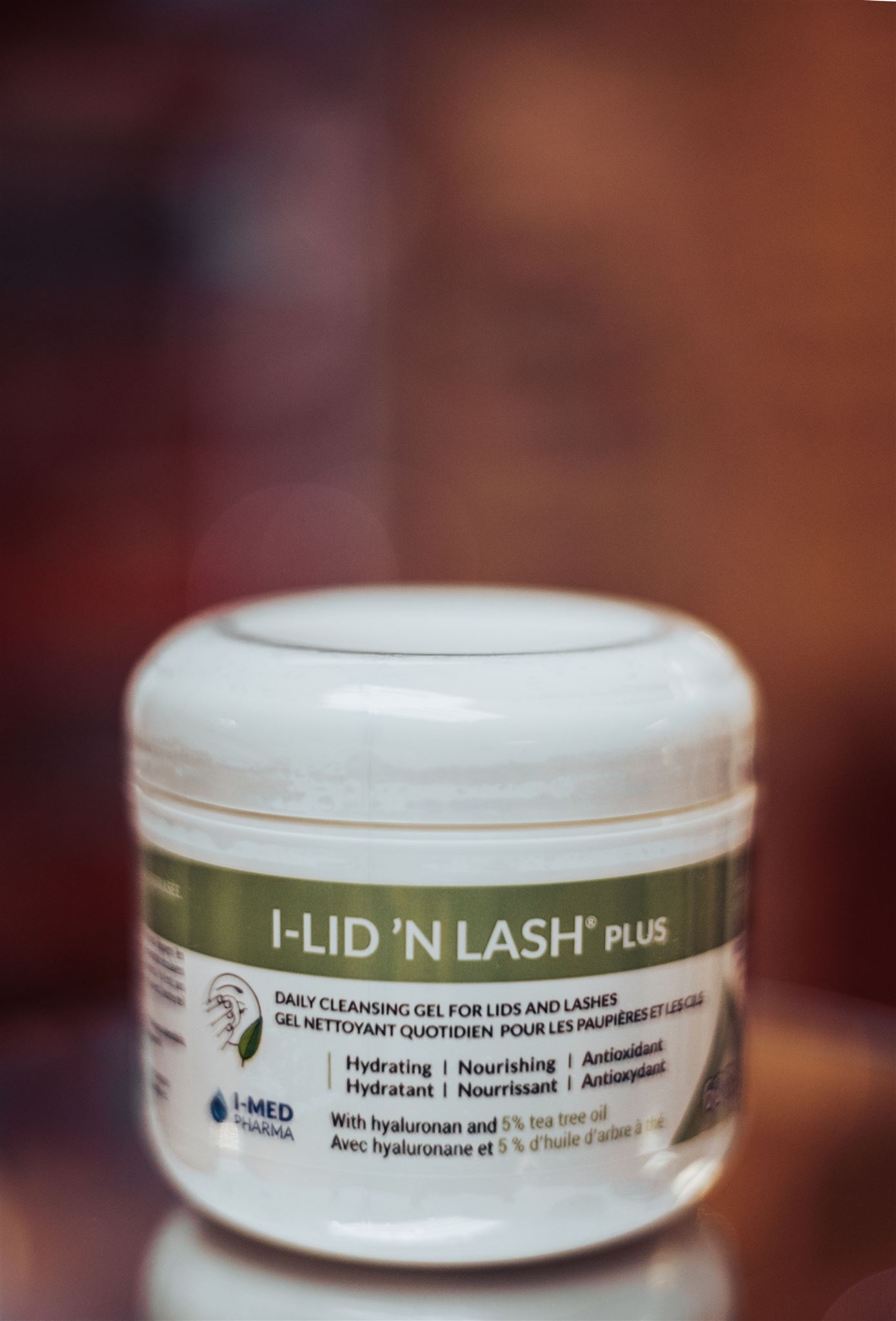
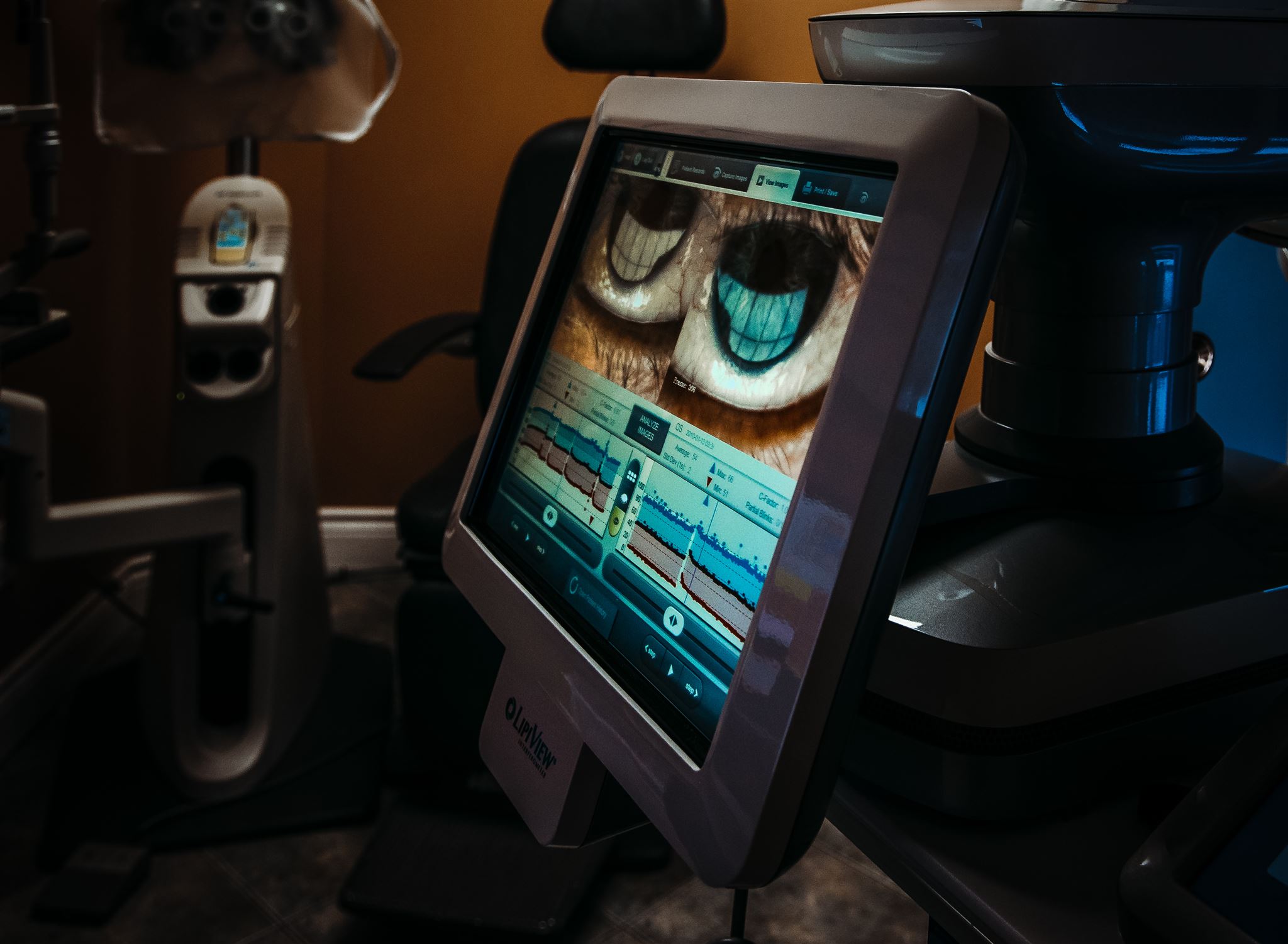
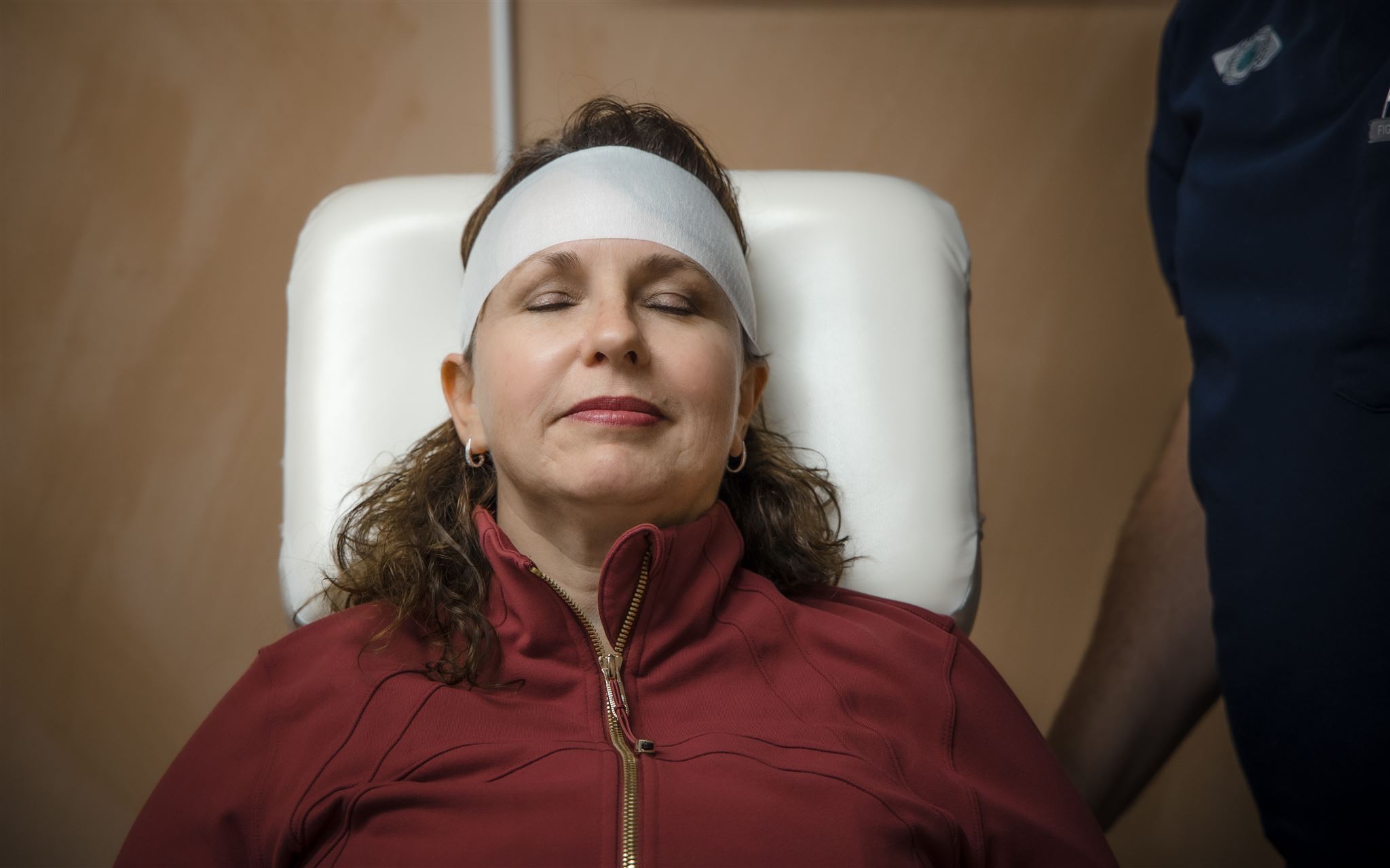
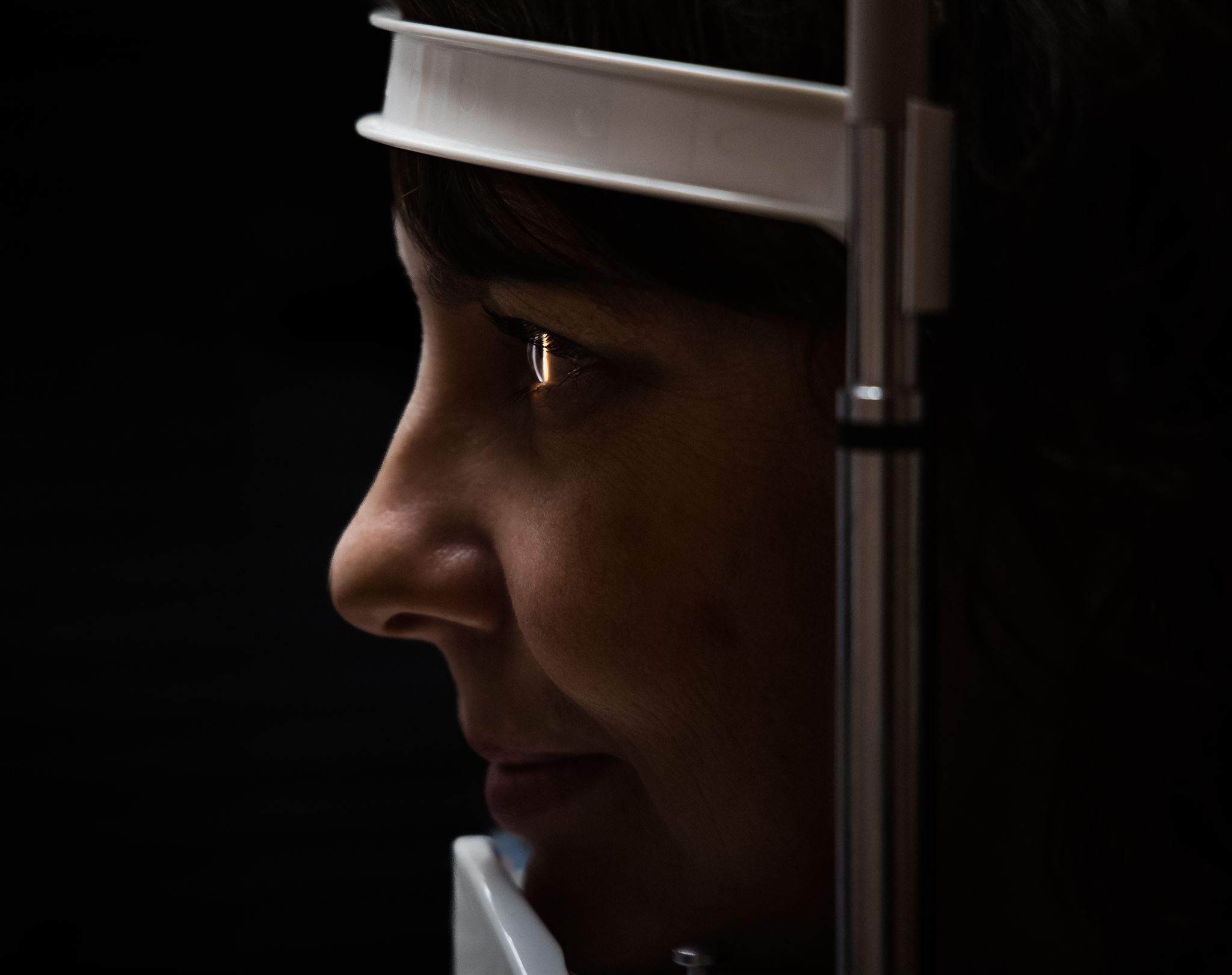
Targeted In-Office Dry Eye Therapies
Intense Pulsed Light (IPL)
IPL therapy uses short, intense pulses of light to target the small blood vessels around the Meibomian glands in the lids, which are responsible for keeping the eye surface lubricated. Originally developed for the treatment of rosacea, IPL was shown to improve Meibomian gland function and reduce dry eye symptoms. Treatment protocol involves an initial series of four IPL treatments, which may be combined with Lipiflow. After each IPL treatment, the doctor expresses the Meibomian glands in each lid, clearing them of any blockages.
IPL has additional benefits, including:
- Reduction in age spots
- Reduction in small blood vessels on the face ‘spider veins”
- Reduced freckles
- Reduced sunspots
The first series of IPL requires four treatments approximately one month apart. Single re-treatments are often recommended 6-12 months after the initial series to keep inflammation under control.
Lipiflow
Using small, soft applicators, the Lipiflow device warm the lids to a perfect 42.5ºC and gently massages the lids using a patented pattern of pulses. This treatment, which takes about 12 minutes to complete, unclogs the Meibomian glands to offer long term relief of dry eye symptoms due to Meibomian gland dysfunction (MGD).
Lipiflow is conducted in a single treatment, and is shown to improve symptoms in 85% of cases. The effect can last 12-24 months, with some patients benefitting from repeat treatments in the future to maintain good eyelid function and comfort. Lipiflow can be combined with IPL if recommended by your optometrist.
Punctal Plugs & Prescription Drugs
If your eyes do not produce enough of the watery component of tears, punctal plugs can be used to slow the drainage of your tears and keep them on your eye surface longer. Medications like Restasis, Cequa, and Xiidra may also be prescribed to increase your tear volume.
How do I make an appointment for an assessment?
If you are a patient at SD&G Optometry Clinic, you can speak to your doctor about whether or not a dry eye assessment is right for you. If you have already had an eye exam in the last year at either one of our clinics, you can call our Cornwall office to schedule an appointment for a dry eye assessment.
If you are a patient at another clinic, you can ask your doctor if a referral for a dry eye assessment is right for you. Your doctor can use the simple referral form found below. You may also contact our office to schedule an appointment for an exam.
For Optometrists & Ophthalmologists
Please use this form to refer your patients for a comprehensive dry eye assessment.
You will receive a report after a treatment plan is in place. Once your patients have completed any prescribed treatment course, they will be referred back to you for ongoing care.
